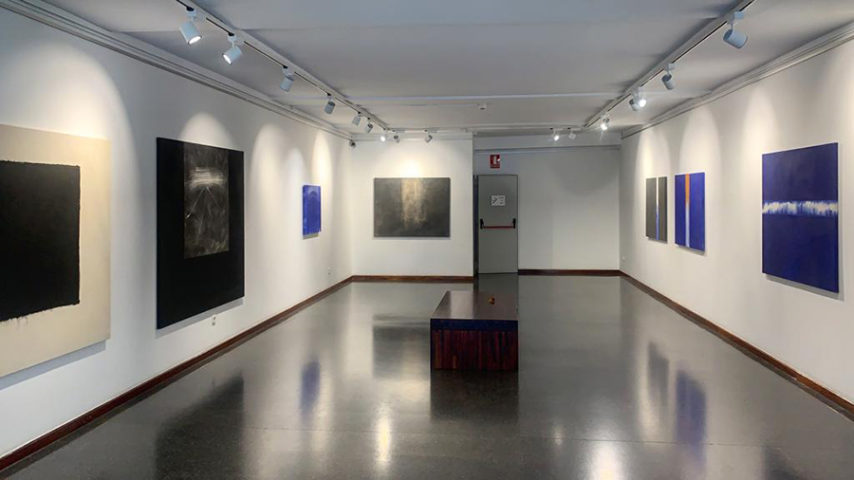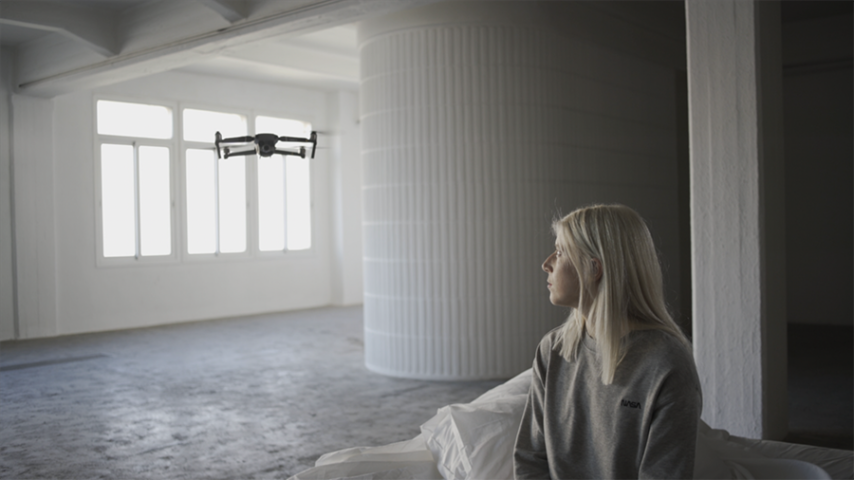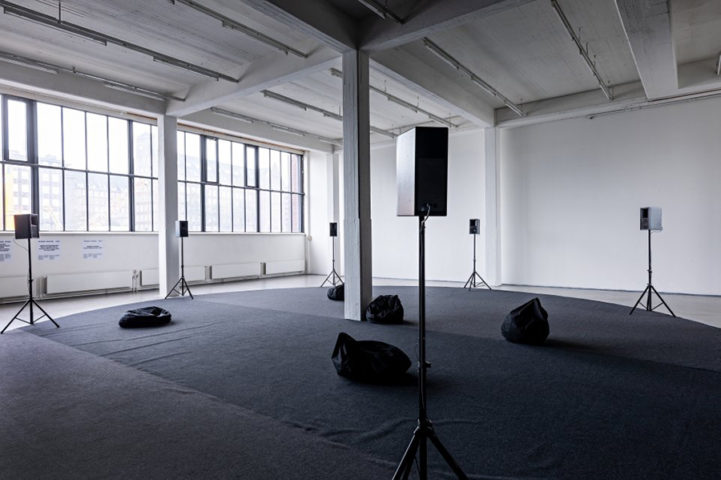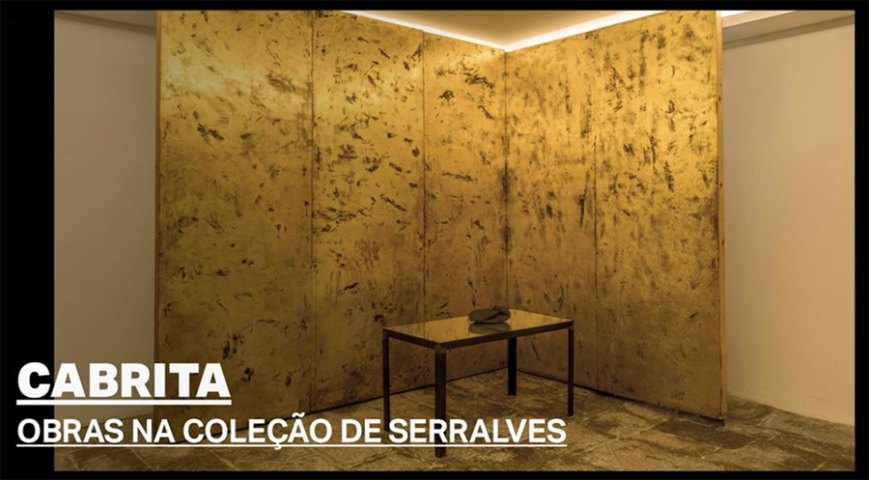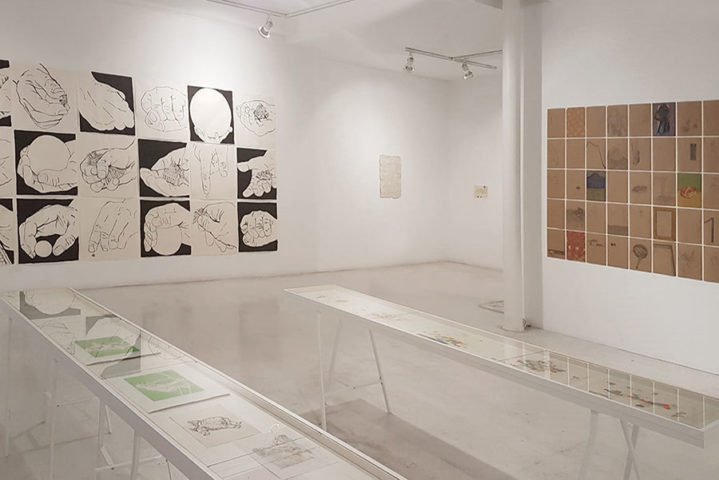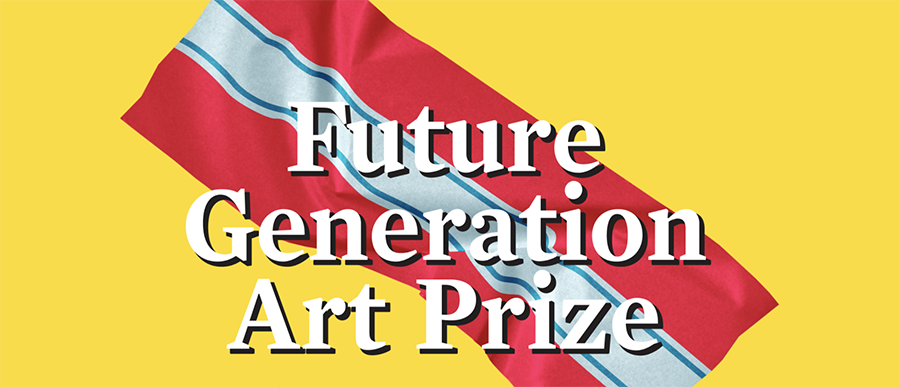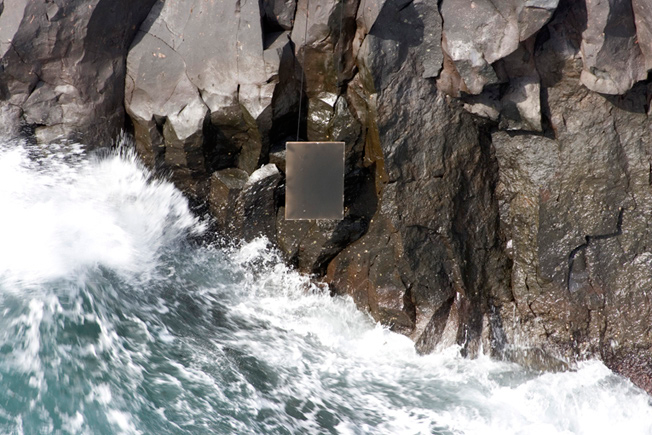Alfons Borrell. 2.IX.20
Sala I. Acadèmia de Belles Arts de Sabadell.
Inauguració, dimecres 2 de setembre a les 19.00 h.
Exposició del 2 de setembre al 2 d’octubre de 2020.
Pintor dels sentiments, els seus quadres duen la taca latent d’una nebulosa plena de vida o el gest madur del traç d’un llamp. Els colors plans escuden o comprimeixen als altres, però sempre hi ha l’escletxa per on s’escapen; un tros de tela per on la taca, la vida, esdevé lliure, omplint tot el llenç, tot vessant el color dels límits del bastidor.
